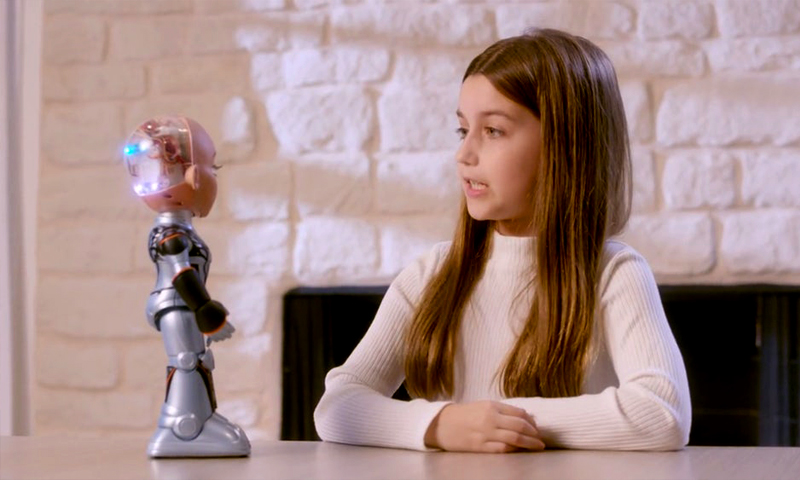Scientists have revealed that AI can now autonomously create smaller AI systems, heralding a new era in machine intelligence.
This development, revealed on Friday by a joint effort involving Aizip Inc., MIT, and several University of California campuses, signifies the first instance of AI self-replicating without human aid.
Also read: OpenAI Says Users Can Now Make Their Own Custom Version of ChatGPT
The dawn of autonomous AI creation
The concept of larger AI models, like those powering advanced systems such as ChatGPT, generating more specialized AI applications is no longer a theoretical possibility. Yan Sun, CEO of Aizip, illustrates this by comparing it to an elder sibling aiding a younger one, underscoring the potential this holds for self-evolving AI systems. The smaller, specialized models born from this process have practical applications that range from improving hearing aids to monitoring oil pipelines and tracking endangered species.
“Right now, we’re using bigger models to build the smaller models, like a bigger brother helping its smaller brother to improve.
“That’s the first step towards a bigger job of self-evolving AI,” he added.
Yubei Chen, a professor at U.C. Davis and co-founder of Aizip, also emphasizes large models’ capability to design smaller counterparts autonomously. This symbiotic relationship between the large and small models is expected to culminate in a comprehensive intelligence ecosystem. According to Chen, this technology represents a paradigm shift, as it allows for the complete cycle of AI development—from data generation to deployment and testing—to occur without human intervention.
“We just demonstrated the first proof of concept that one type of model can be automatically designed all the way from data generation to model deployment and testing without human intervention.”


Practical applications of miniaturized AI
One of the most striking demonstrations of this technology is a human activity tracker, a device smaller than a dime. This sensor exemplifies ‘tiny machine learning’—compact AI systems for small appliances or spaces. Such advancements pave the way for pervasive AI, a future where intelligence could be integrated into almost any object.
The applications of these miniature AI models are vast and varied. They can discern human voices in noisy environments, proactively address pipeline integrity issues, and analyze data from satellites and ground sensors to monitor wildlife. These functionalities highlight AI’s versatility and potential impact on various aspects of daily life.
The future landscape of AI integration
Looking ahead, the implications of this development are far-reaching. Home appliances like coffee machines, ovens, dishwashers, and TVs could soon be equipped with AI capabilities. This integration heralds a future where AI is not just a cloud-based, large model but is also embedded in the smallest of everyday objects.
As Chen points out, the contrast between large models like ChatGPT and tiny machine learning signifies the broad spectrum of intelligence that AI can span. The coexistence and union of these diverse AI systems could lead to an unprecedented era of intelligent technology.
“If we think about ChatGPT and tiny machine learning, they are on the two extremes of the spectrum of intelligence.”
As we stand on the brink of this AI evolution, one pivotal question arises: How will AI’s autonomous creation and integration in everyday objects reshape our daily lives and interactions with technology?
- SEO Powered Content & PR Distribution. Get Amplified Today.
- PlatoData.Network Vertical Generative Ai. Empower Yourself. Access Here.
- PlatoAiStream. Web3 Intelligence. Knowledge Amplified. Access Here.
- PlatoESG. Carbon, CleanTech, Energy, Environment, Solar, Waste Management. Access Here.
- PlatoHealth. Biotech and Clinical Trials Intelligence. Access Here.
- Source: https://metanews.com/scientists-confirm-ai-now-capable-of-independent-replication/



